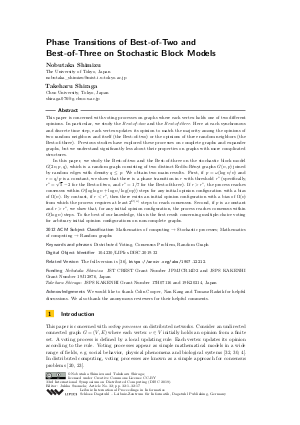LIPIcs.DISC.2019.32.pdf
- Filesize: 1.38 MB
- 17 pages

 Creative Commons Attribution 3.0 Unported license
Creative Commons Attribution 3.0 Unported license




































Feedback for Dagstuhl Publishing